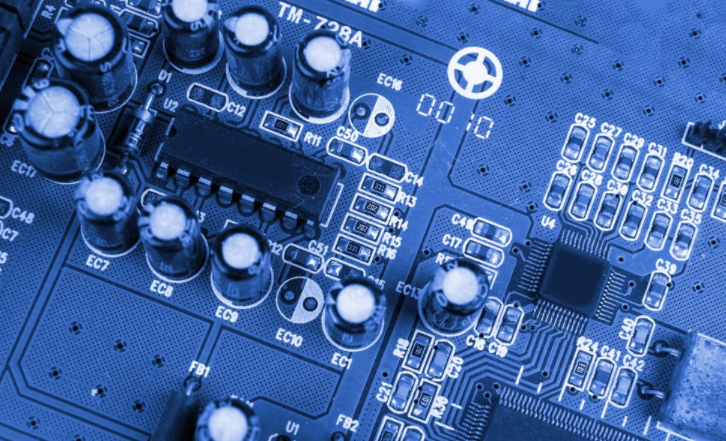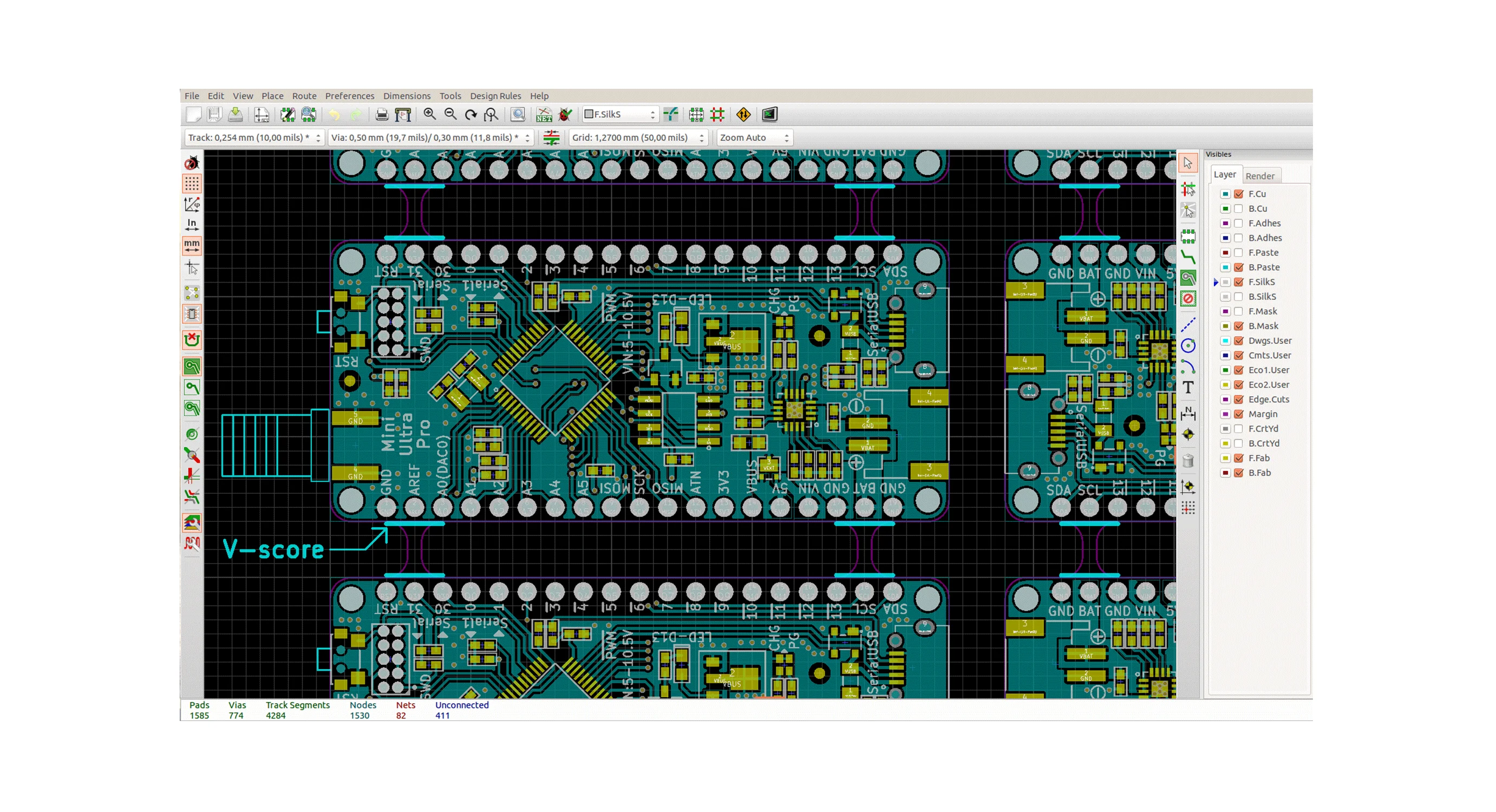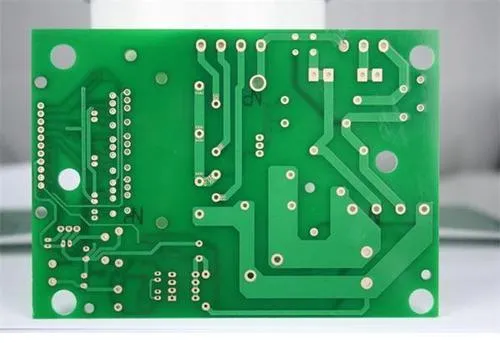
Concept and design principle of high frequency circuit and PCB board
Good CAD software has been developed for the design of high frequency PCB, whICh has powerful functions to overcome the lack of design experience and tedious parameter retrieval and calculation The inexperienced person should be able to complete RF modules with better quality But in fact, this is not the case
PCB board
1. CAD software and network analyzer
For high frequency circuit design, we have very good CAD software. Its powerful function is enough to overcome the lack of design experience and tedious parameter retrieval and calculation. With a powerful network analyzer, those with a little experience should be able to complete higher quality RF components. However, this is not the case. CAD design software relies on powerful library functions, including component parameters and basic performance indicators provided by most radio equipment manufacturers in the world. Many RF engineers mistakenly believe that as long as the tool is used for design, there will be no problem. However, the actual results are always contrary to the wishes. The reason is that they gave up the basic concept of flexible application of high-frequency circuit design and the experience accumulated by applying basIC design principles under wrong understanding. Because of this, they often make some basic application mistakes when applying software tools. RF circuit design CAD software is a transparent visual software, which uses its various high-frequency basic configuration model libraries to complete the analogy of the actual circuit working state. So far, we have learned about the key links. There are two basic high-frequency configuration models, one is the component model in the form of centralized parameters, and the other is the local function model in conventional design. Recall that the following problems exist:
1) Component model and CAD software have interacted and developed for a long time, and become more and more perfect. In practice, the authenticity of the model is basically reliable. However, the application environment considered by the component model (especially the power environment of the component application) is typical. In most cases, a series of application parameters must be determined according to experience, otherwise, without the help of CAD software, the actual results are sometiMES even farther than the design results.
2) The traditional high-frequency basic configuration model established in CAD software is usually limited to the predictable aspects under the current application conditions, and can only be limited to the basic functional model (otherwise, product development does not need to employ personnel, and all kinds of products are independently generated by CAD. Products).
3) In particular, it is worth mentioning that the establishment of typical functional models is accomplished through typical application of components and the use of typical and perfect process structures (including PCB structures), and its efficiency has also reached the high level of "typical". But in practice, it is a complete imitation, far from the model state. The reason is that although the selected components and their parameters are the same, their combined power environment cannot be the same. In low-frequency circuits or digital circuits, this difference of several centimeters is not a big obstacle, but in RF circuits, fatal errors often occur.
4) In the design of CAD software, the fault tolerance design of the software does not pay attention to whether there is an error parameter setting contrary to the actual situation. This gives an ideal result according to the running path of the software, but it is full of problems in practice. The consequence can be seen that the key error is that the basic principle of RF circuit design is not used to correctly apply CAD software.
5) CAD software is only a design aid. It makes use of real-time SIMulation function, powerful component model library and its function generation function, and typical application model library to simplify people's tedious design and calculation work. So far, it is far from replacing artificial intelligence in concrete design. The powerful function of CAD software in RF PCB aided design is an important aspect of its popularization. But in practice, many RF engineers are often "understood" by them. The reason is still the fault tolerance feature of parameter settings. It is usually used to obtain an ideal model (including each function link) by using its analogy function, but only after finding the actual debugging: it is better to use your own experience to design. In PCB design, CAD software is still only useful for engineers with basic RF design experience and skills to help them with tedious process design (non basic principle design). There are two types of network analyzers, scalar and vector, which are basic tools for RF circuit design. The usual approach is to complete the design of circuit and PCB according to the basic concept and principle of RF circuit design (or use CAD software), complete the sample processing of PCB and assemble the prototype as required, and then use the network analyzer to design each link. Network analysis is carried out one by one, which can make the circuit reach the state. However, the cost of this work is to actually produce at least 3-5 PCB versions. Without basic PCB design principles and basic concepts, more PCB versions will be required (otherwise, the design cannot be completed). In the process of using network analyzer to analyze RF circuit, it is necessary to have a complete design concept and principle of high-frequency Circuit PCB, and must be able to clearly understand the design defects of PCB through the analysis results. Only this item requires relevant engineers to have rich experience. In the process of analyzing the network connection of the prototype, we need to rely on skilLED experimental experience and skills to build a local functional network. Because in many cases, the circuit defects found by the network analyzer will have many factors at the same time, it is necessary to use the construction of the local functional network to analyze and thoroughly investigate the causes. The construction of such experimental circuit must depend on clear high-frequency circuit design experience and skilled PCB construction principle.
2. Scope of this Article
This paper mainly focuses on the concept and design principles of microwave level, high-frequency circuit and PCB design, and the frontier category of communication products The reason for choosing the PCB design principle of microwave grade high frequency circuit is that the principle has broad guiding significance and belongs to the current high-tech popular application technology The conversion PCB design of microwave circuit concept to this high speed wireless network (including variable access networks) projects is also in the same vein, because they are based on the same basic principle, the double transmission line theory The success rate of digital circuit or relatively low frequency circuit PCB designed by experienced RF engineers is very high, because their design concept is centered on "distributed" parameters, and the concept of distributed parameters is used in lower frequency circuits (including The constructive effect in digital circuits) is often ignored by people For a long time, the design of electronic products (mainly for communication products) completed by many people is often full of problems On the one hand, it is related to the lake of necessary links in electrical principle design (including reliability design, etc.), but more importantly, when people think that all necessary links have been considered, many such problems will arise In order to deal with these problems, they often spend their energy on checking the program, power principle, parameter redundancy, etc, However, little effort is spent on reviewing PCB design, which is usually due to PCB design defects It leads to many product efficiency problems PCB design principles involve many aspects, including basic principles, anti-interference, electromagnetic compatibility, safety protection, etc For these aspects, especially in high-frequency circuits, the layer of relevant concepts often leads to the failure of the entire R&D project Many people still stay on the basis of "connecting the electric power principle with the conductor to play a predetermined role", and even believe that "PCB design belongs to structural consideration, technology and improvement of production efficiency" Many RF engineers do not fully realize that this link should be the focus of the entire design work in RF design. They mistakenly spend their energy on selecting high-performance components, resulting in significant cost increases and almost no improvement in efficiency It should be pointed out here that digital circuits rely on their strong anti-interference ability, error detection and correction, and can arbitrarily construct various intelligent connections to ensure the normal function of the circuit The common digital application circuit with various "normal" connections and high additional configuration is obviously a measure without product concept However, it often leads to a series of product problems in the link and is considered "unworthy" The reason is that, from the perspective of product engineering, such functional links that are not worthy of structural reliability assurance should be based on the working mechanism of the digital circuit itself, but the wrong construction in the circuit design (including the PCB design) causes the circuit to be in a state of failure Unstable state The reason for this unstable state is the basic application of high-frequency circuits under the same concept as similar problems
In digital circuits, there are three aspects that need to be taken seriously:
1) Digital signal itself belongs to broadband signal. According to the results of Fourier function, it contains very rich high-frequency components. In the design of digital integrated circuit, the high-frequency components of digital signals are fully considered. However, in addition to digital ICs, the signal transition area (if any) between and within each functional link can also cause a series of problems. Especially in digital, analog and high-frequency circuits.
2) The reliability design of various types in digital circuit applications is related to the reliability requirements of circuits in practical applications and product engineering requirements. It is not possible to add various high cost "guarantee" components to circuits that meet the requirements of traditional design.
3) The working speed of digital circuit is developing towards high frequency, which is unprecedented (for example, the current CPU main frequency has reached 1.7 GHz, far exceeding the lower limit of microwave frequency band). Although the reliability assurance function of related equipment is supported at the same time, they are based on the internal and typical external signal characteristics of the equipment.
3. Summarize the guiding significance of dual transmission line theory for microwave circuit design and PCB wiring principle
The Concept of PCB board Based on Two wire Theory

For microwave grade high frequency circuit, each corresponding strip line PCB board forms a microstrip line (symmetrical) with the ground plate Microstrip lines and ribbons can be formed for more than two layers of PCB board line (symmetrical microstrip transmission line). Different microstrip lines (double sided PCBs) or strip lines (Multi layer PCBs) form coupled microstrip lines, thus forming various complex four port networks, thus forming various characteristics of microwave level circuit PCBs It can be seen that the microstrip transmission line theory is the design basis of microwave high frequency circuit PCB The PCB network design near the antenna should fully follow the micro strip theoretical basis (rate than just using the micro strip concept as a tool to improve the performance of lumped parameter devices) The higher the frequency is, the more important the guiding significance of microstrip theory becomes The concentrated and distributed parameters of the circuit, although the operating frequency is lower and the influence of the distributed parameters is weaker, the distributed parameters always exist There is no clear limit whether to consider the influence of distribution parameters on circuit characteristics Therefore, the establishment of microstrip concept is equally important to the design of digital circuit and related intermediate frequency circuit PCB The basis and concept of microstrip theory, the design concept of microwave RF circuit and PCB are actually the application of microwave dual transmission line theory Each adjacent signal line (including adjacent adjacent) All form the characteristics that follow the basic principle of the double line (this will be clearly explained later) Although one side of an ordinary microwave RF circuit is equipped with a ground plane, the microwave signal transmission line is often a complex four port network, which directly follows the coupled microstrip theory, but its basis is still the two-wire theory Therefore, in design practice, double line theory has more extensive guiding significance In general, when applied to microwave circuits, the microstrip theory has a quantitative guiding significance, belonging to the specific application of the two-wire theory, while the two-wire theory has a broader qualitative guiding significance It is worth mentioning that some concepts have no connection with the actual design w
然后
联系
电话热线
13410863085Q Q

微信

- 邮箱











